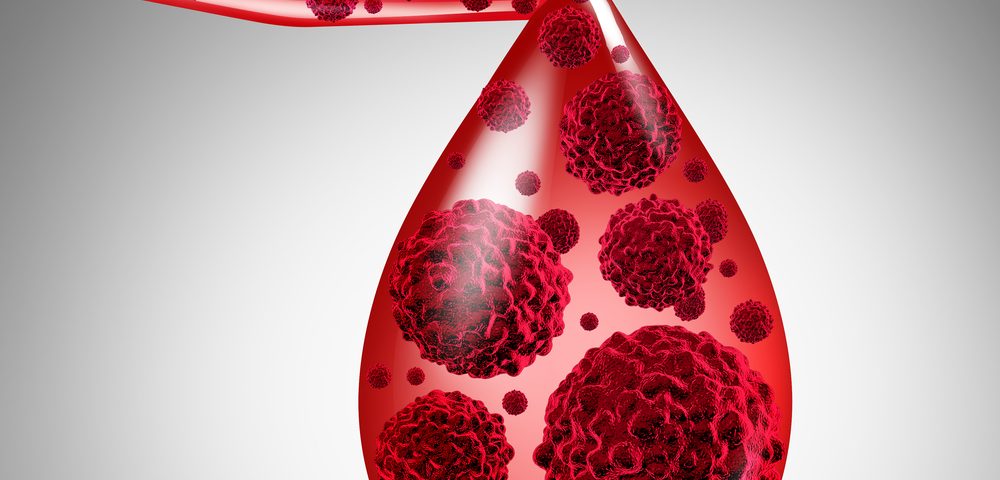A new technology that creates a sort of “Instagram” of the immune system may help predict a patient’s response to cancer immunotherapies, researchers say.
“What I use here is a very new and nerdy technology, which is called mass cytometry, that allows you with a very high sensitivity to make pictures of your immune system. And this is possible because there’s artificial intelligence, machine learning combined with algorithms that can make a very complex system easy to visualize,” Carsten Krieg, PhD, a researcher at the Hollings Cancer Center (HCC), said in a press release.
After staining the immune blood cells with rare metal-conjugated antibodies that target proteins inside and at the surface of the cells, researchers load the cells into the mass cytometry machine called Helios.
“Normally in biological tissues, there are no rare metals, so this technique offers greater sensitivity in detecting targets,” Krieg said.
Inside the Helios, cells are hit with high temperatures allowing researchers to detect and quantify up to 40 markers per cell. The results are then analyzed and, with the help of computers, compiled into a snapshot of millions of blood cells.
“It’s an easy way to look at a complex response such as one you would find during immunotherapy,” he said.
The technology may help researchers advance the field of immunotherapy. In a recent study, Krieg and his colleagues in Zurich, Switzerland, tested the mass cytometry in melanoma (skin cancer). The study, “High-dimensional single-cell analysis predicts response to anti-PD-1 immunotherapy,” was published in the journal Nature Medicine.
They were able to identify biomarkers in the blood that predicted melanoma patients who would respond positively to immunotherapy.
The main objective was to figure out if a blood test for these biomarkers would distinguish responders from non-responders so the latter could undergo other forms of therapy that may be more effective without wasting time on treatments doomed to fail.
“It’s a decision instrument for physicians and for the health care system,” Krieg said.
Besides this predictive value, the technique may also help researchers understand how immunotherapy works.
In his work, Krieg found that a specific subset of immune cells known as classical monocytes is a potential flag for patients responding to anti-PD-1 immunotherapies, such as Opdivo (nivolumab) and Keytruda (pembrolizumab).
“Surprisingly, what we clearly found is that it’s the frequency of monocytes that is enhanced in responders over non-responders before immunotherapy,” he said.
The technique also may be useful to examine the interactions between tumor cells and the tissue surrounding the tumor, known as the tissue microenvironment.
“We now have Instagram pictures, a picture before therapy and a picture during therapy. But you can make many more of these pictures, so you’re looking after three months, after half a year, a year,” he said. “This allows more of a Facebook approach, so every time you get a picture of the immune system, you’re getting context.”
Using this technique may open up the field of personalized medicine where a patient’s genetic makeup and immune cell profile helps determine the most appropriate treatment.
“I hope to make a difference in the clinic so that patients are on the right therapy from the start. Then on the research side, we want to understand how this works. Which elements do you need, when? Which element of the immune system needs to be kicked in?” Krieg said.


